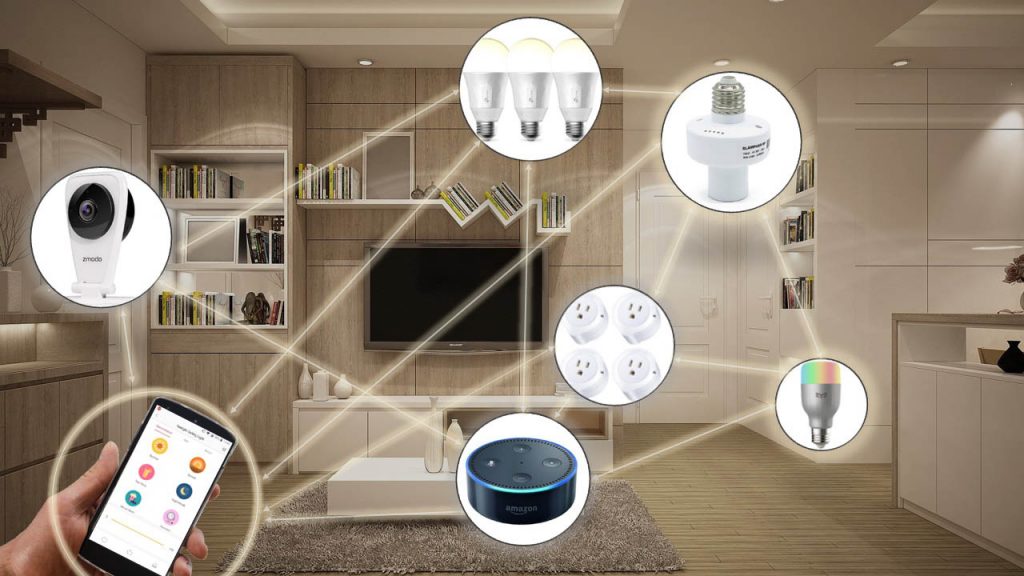Darkness Technology has emerged as a groundbreaking innovation in the realm of lighting and visibility. With its ability to harness the enigmatic power of darkness, it opens up new possibilities for energy-efficient lighting solutions. This article dives into the realm of darkness technology, exploring its origins, functionality, applications, advantages, and potential future developments. Join us as we shed light on the captivating world of darkness technology.
Introduction
In a world consumed by the pursuit of energy efficiency and sustainable solutions, darkness technology presents an intriguing prospect. By leveraging the power of darkness, this revolutionary approach to illumination has the potential to transform the way we perceive and utilize light. From its humble beginnings to its current applications, darkness technology has come a long way.
What is Darkness Technology?
Darkness technology refers to the innovative concept of utilizing darkness as a medium for generating illumination. Instead of relying on traditional light sources, darkness technology harnesses the hidden potential of shadows and darkness to create unique lighting experiences. By manipulating the properties of darkness, this technology can provide illumination while consuming minimal energy.
History of Darkness Technology
The roots of darkness technology can be traced back to ancient civilizations that recognized the value of darkness in creating ambiance and enhancing visibility. Early examples include the use of oil lamps and candlelight, where the interplay of light and darkness evoked a sense of intrigue. Over time, advancements in materials, optics, and engineering paved the way for more sophisticated darkness technology solutions.
How Does Darkness Technology Work?
Darkness technology operates on the principle of controlled light absorption and reflection. Specialized materials and coatings are used to manipulate the behavior of photons, allowing them to interact with darkness in unique ways. By harnessing this interplay, darkness technology can create localized illumination while minimizing light pollution and energy consumption.
Applications of Darkness Technology
The versatility of darkness technology has sparked interest across various industries. In architectural lighting, darkness technology can create captivating visual effects and enhance the ambiance of spaces. It can also find applications in entertainment venues, where it enables immersive experiences by selectively illuminating certain areas. Additionally, darkness technology holds potential in automotive lighting, wearable devices, and even artistic installations.
Advantages of Darkness Technology
Darkness technology offers several advantages over traditional lighting systems. Firstly, it presents a significant opportunity for energy conservation, as it requires fewer light sources and consumes less power. Additionally, darkness technology allows for precise lighting control, enabling customizable and dynamic lighting solutions. Moreover, the reduced light pollution associated with darkness technology contributes to the preservation of natural darkness and nocturnal ecosystems.
Challenges and Limitations
While darkness technology shows great promise, it is not without its challenges. One limitation is the need for specialized materials and manufacturing processes, which can increase the initial costs of implementation. Furthermore, darkness technology may face resistance due to its unconventional nature and the need for public acceptance. Ensuring compatibility with existing lighting infrastructure and addressing potential health and safety concerns also pose significant challenges.
Future Possibilities
As darkness technology continues to evolve, exciting possibilities emerge. Researchers are exploring novel techniques to enhance the efficiency and effectiveness of darkness-based illumination. Advancements in nanotechnology and optoelectronics may unlock new ways to manipulate darkness and create innovative lighting solutions. The integration of darkness technology with emerging technologies like artificial intelligence and the Internet of Things opens up a realm of possibilities for smart lighting systems and adaptive environments.
Ethical Considerations
As darkness technology progresses, it is essential to address ethical considerations. The potential impact on human well-being, wildlife behavior, and ecosystem balance must be thoroughly assessed. Responsible design and implementation practices, along with comprehensive environmental assessments, are necessary to mitigate any adverse effects on the natural world and ensure a sustainable future for darkness technology.
Conclusion
Darkness technology represents a captivating leap forward in the world of illumination. By embracing the inherent power of darkness, this innovative approach offers energy-efficient solutions, unparalleled lighting control, and an avenue for creative expression. While challenges exist, the future holds great promise for darkness technology, with potential applications across various industries and the potential to revolutionize our relationship with light.
FAQ
Q : Can darkness technology be used for surveillance?
Darkness technology primarily focuses on illumination and lighting applications. However, the concept of darkness technology can indirectly contribute to surveillance by providing discreet lighting solutions in low-light environments. Its ability to selectively illuminate specific areas without causing light pollution makes it suitable for security purposes.
Q: Is darkness technology harmful to the environment?
Darkness technology, when implemented responsibly, can have positive environmental impacts. By reducing light pollution and minimizing energy consumption, it supports sustainability efforts. However, it is essential to conduct comprehensive environmental assessments and ensure responsible manufacturing and disposal practices to mitigate any potential negative effects.
Q: Can darkness technology replace traditional lighting?
While darkness technology offers unique advantages, it is not intended to replace traditional lighting completely. Instead, it provides an alternative approach to illumination, particularly in applications where energy efficiency and precise lighting control are paramount. The coexistence of darkness technology and traditional lighting systems is more likely, with each serving specific purposes.
Q: Are there any health risks associated with darkness technology?
Darkness technology itself does not pose inherent health risks. However, as with any lighting system, improper use or excessive exposure to darkness-based illumination could have potential health implications. It is crucial to adhere to recommended guidelines and ensure proper lighting design to maintain a healthy and comfortable environment.
Q: How affordable is darkness technology?
Currently, darkness technology may be relatively more expensive compared to traditional lighting systems due to the specialized materials and manufacturing processes involved. However, as the technology advances and adoption increases, economies of scale and technological innovations are expected to drive down costs, making darkness technology more accessible in the future.








